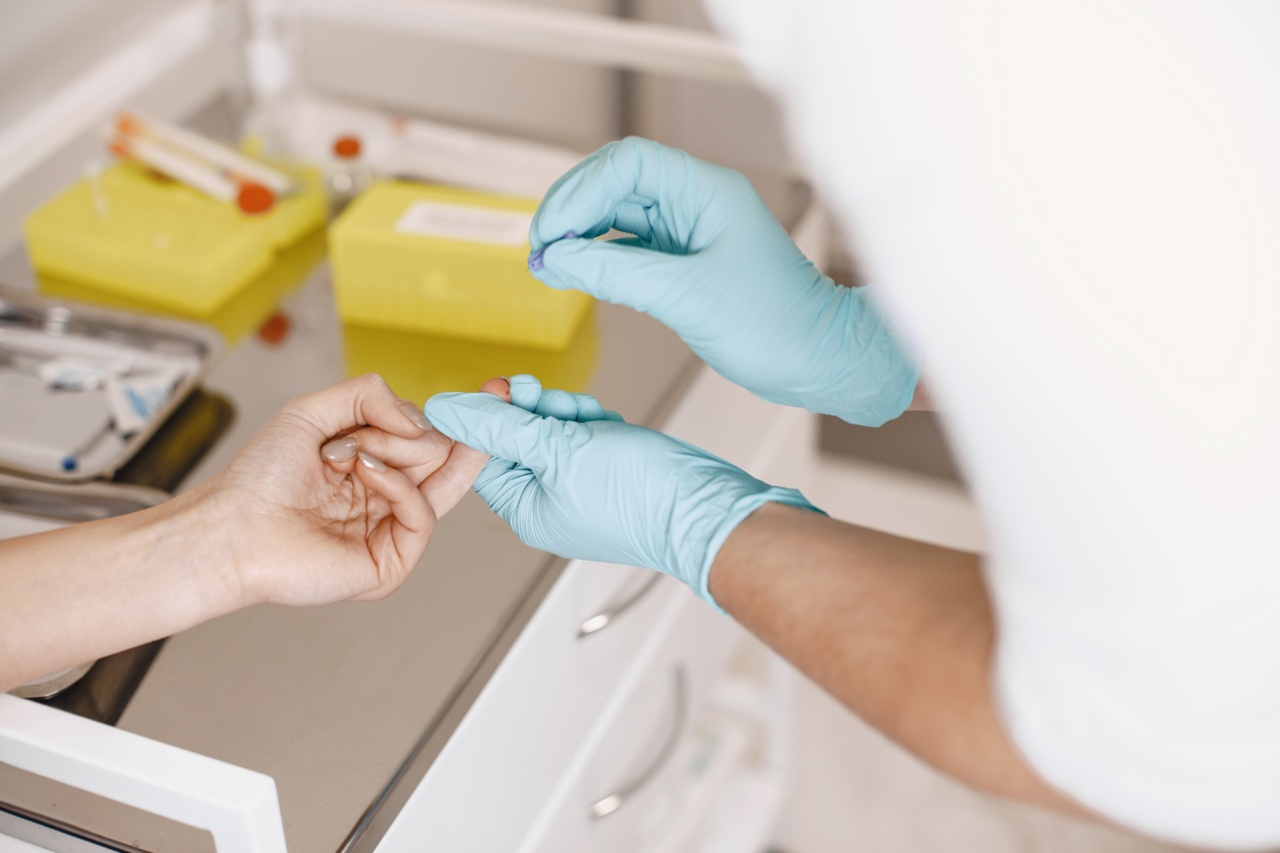Urinary incontinence, the involuntary leakage of urine, is a prevalent problem among patients with diabetes.
Diabetes, a chronic medical condition characterized by high blood sugar levels, can lead to various complications throughout the body, including the urinary system. In this article, we will explore the relationship between diabetes and urinary incontinence, discussing its causes, symptoms, and management options.
Causes of Urinary Incontinence in Patients with Diabetes
Several factors contribute to the development of urinary incontinence in patients with diabetes. One of the primary causes is diabetic neuropathy, a condition where high blood sugar levels damage the nerves.
Over time, this nerve damage can affect the nerves controlling the bladder, leading to bladder dysfunction and urinary incontinence.
In addition to neuropathy, diabetes-related vascular changes can also contribute to urinary incontinence. Diabetes can impair blood flow to the bladder and surrounding organs, disrupting their normal function and potentially leading to urinary issues.
Types of Urinary Incontinence
There are different types of urinary incontinence that patients with diabetes may experience:.
1. Stress Incontinence
Stress incontinence occurs when the muscles that control the bladder become weak or damaged, making it difficult to hold urine when there is pressure on the bladder. This can happen during activities such as coughing, sneezing, laughing, or exercising.
2. Urge Incontinence
Urge incontinence is characterized by a sudden and intense urge to urinate, followed by an involuntary loss of urine. This type of incontinence can be caused by bladder muscle overactivity, which is often seen in diabetic patients with neuropathy.
3. Overflow Incontinence
Overflow incontinence occurs when the bladder does not empty completely, leading to constant or frequent dribbling of urine.
Diabetes-related nerve damage can affect the muscles responsible for emptying the bladder, leading to this type of incontinence.
4. Functional Incontinence
Functional incontinence is not directly related to diabetes but can be observed in diabetic patients who have difficulty reaching the bathroom in time due to other physical limitations, such as mobility issues or cognitive impairments.
Symptoms of Urinary Incontinence in Diabetes
The symptoms of urinary incontinence in patients with diabetes can vary depending on the type and severity of the condition. Some common symptoms include:.
1. Frequent urination
Patients may experience an increased frequency of urination, both during the day and at night.
2. Urgency
A persistent and strong desire to urinate, often leading to the inability to reach the bathroom in time.
3. Leakage during physical activities
The involuntary loss of urine during activities that put pressure on the bladder, such as coughing, sneezing, or exercising.
4. Dribbling
Continuous or frequent dribbling of urine, even after emptying the bladder.
Management of Urinary Incontinence in Diabetes
The management of urinary incontinence in patients with diabetes involves a combination of lifestyle modifications, medications, and, in some cases, surgical interventions. Here are some strategies commonly used:.
1. Lifestyle Modifications
Patients are advised to maintain a healthy weight, as excess weight can increase the pressure on the bladder. Pelvic floor exercises, such as Kegels, can help strengthen the muscles that control urination.
Avoiding bladder irritants, such as caffeine, alcohol, and certain medications, may also be recommended.
2. Medications
Medications are available to help manage urinary incontinence in diabetic patients. These may include anticholinergic drugs, which relax the bladder, or drugs that increase bladder capacity.
3. Catheterization
In some cases, intermittent or indwelling catheterization may be necessary to empty the bladder completely and prevent leakage.
4. Surgical Interventions
For severe cases of urinary incontinence that do not respond to conservative treatments, surgical interventions may be considered.
These can include procedures such as bladder neck suspension or sling procedures to support the bladder and reduce leakage.
Conclusion
Urinary incontinence is a common issue among patients with diabetes, often resulting from diabetic neuropathy and vascular changes.
Understanding the causes, symptoms, and management options for urinary incontinence is crucial for improving the quality of life for these patients. By implementing lifestyle modifications, utilizing medication when necessary, and considering surgical interventions in severe cases, healthcare providers can help patients effectively manage urinary incontinence in the context of diabetes.





























